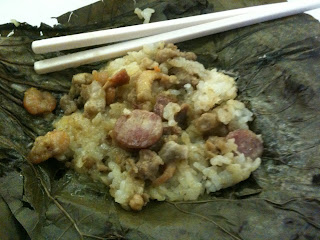The
East Village is probably my favorite neighborhood in the City for many reasons.
First, the bars: there are over 200. Each one has its own theme and feel. There
are trendy bars, quiet bars, discount bars, clandestine bars, tiki bars,
country western bars, communist bars, Polish bars, German bars, dive bars, a
dive bar that has frequently been featured on television shows and in movies (I
could go on forever). Certainly, there is no dearth of choices when
deciding where to enjoy a spirit.
The East Village also offers a wide variety of food choices. One can purchase a $1 slice of pizza— before a long night of imbibing at the various bars noted above—or a more sophisticated plate of polenta with rabbit.
The East Village also offers a wide variety of food choices. One can purchase a $1 slice of pizza— before a long night of imbibing at the various bars noted above—or a more sophisticated plate of polenta with rabbit.
In
addition to the many food and drink options, the East Village is full of
history. There is history of immigrants, mobsters, churches, and
artists.
John's on 12th
Street is a rare old school red sauce joint in an area
replete with mob history. On August 22, 1922, directly in front of the
restaurant, Lucky Luciano murdered mobster Umberto "Rocco" Valenti. While a Bronx man described the event as the coolest thing he
had ever seen, an eight year girl from New Haven visiting family in the
East Village was fatally wounded, Just around the corner two blocks south of John’s at 265 East 10th
Street is Lucky Luciano’s childhood home. There is also De Robertis Pasticerria on First Avenue
where affiliates of the the Gambino Family crime once conducted business.
 |
| De Robertis Pasticceria on First Avenue |
On to
the food, I found the food at John’s not good, but not bad either. It’s
the typical red sauce fare: chicken parmesan, veal parmesan, marsala,
meatballs, lasagna. This type of restaurant is a staple on Mulberry
Street in Little Italy, Manhattan. However, two salient differences
between John’s and the Mulberry Street restaurants: there are no shills and no
throngs of tourists.
 |
| Entrance to John's |
What
John’s lacks in food quality, it makes up for it with its ambiance. The place
sports old tile floors, a small service bar, old time bathrooms (I looked into
the bathroom stall to see if there was an old wooden box with a string to flush
and hide a gun just like in The Godfather), and those “old time small fancy” cocktail glasses
that I would drink from at my grandmother’s house.
|
 |
Interior of John's. Has some resemblance to The Godfather scene mentioned above (watch scene below)?
|
I don’t
believe I will ever return to John’s on my own volition, but if I had friends
in town with a craving for old red sauce fare, John’s would fit the bill.








































